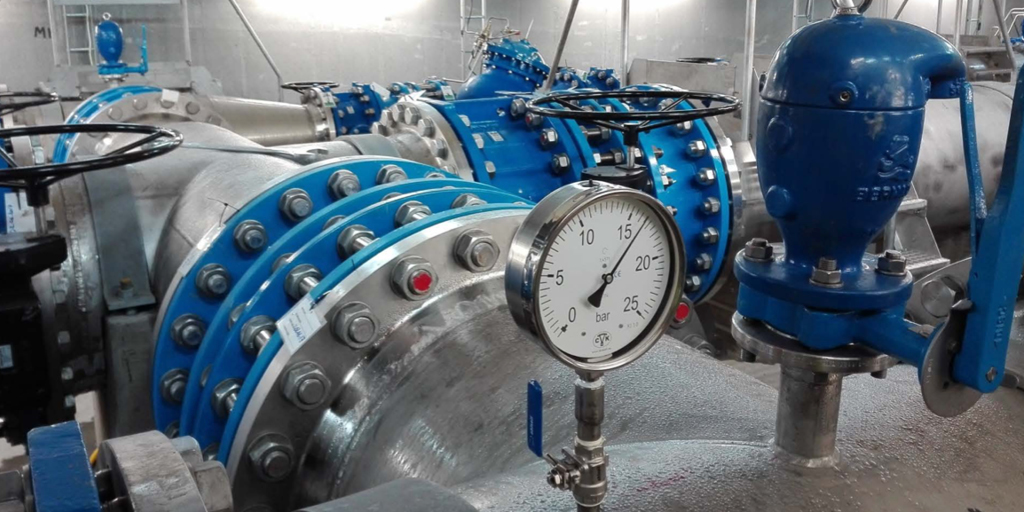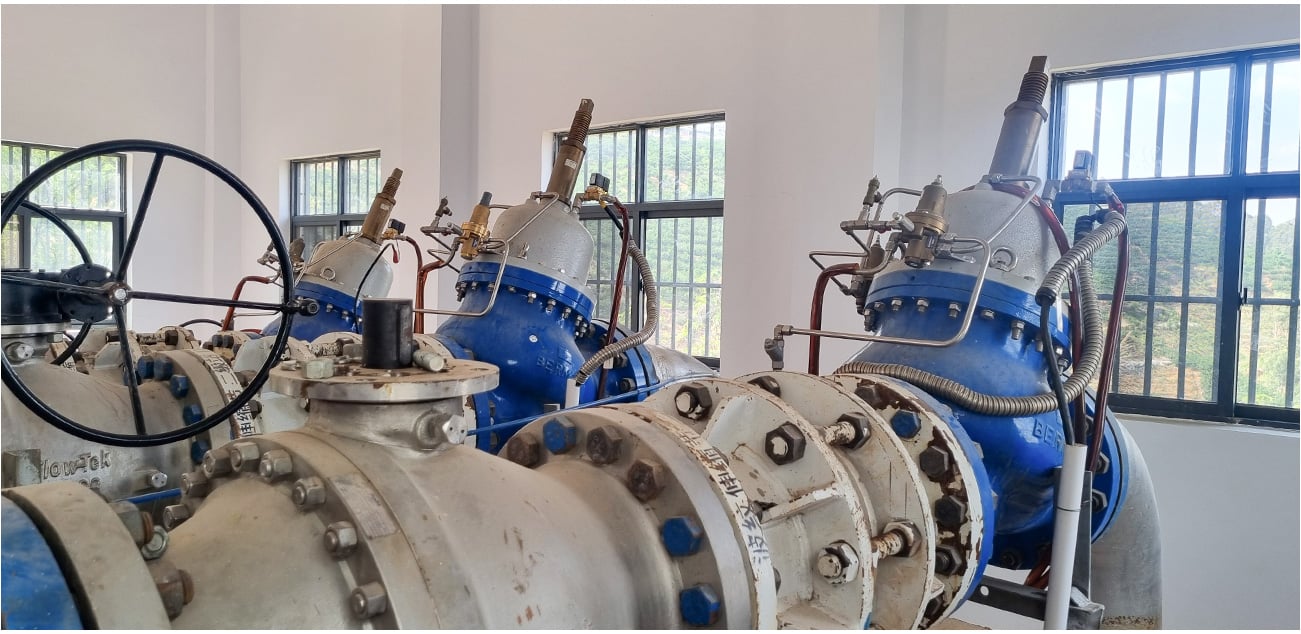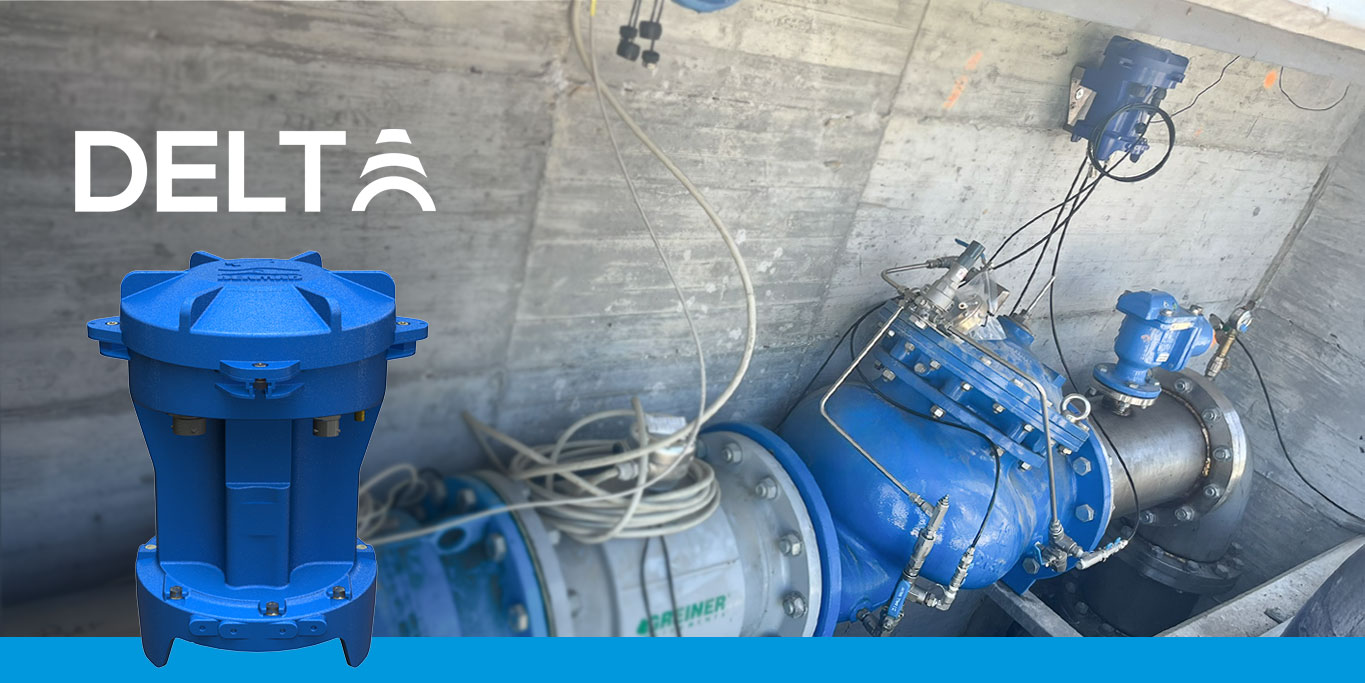The Challenge
Yara International, a global company based in Norway, specializes in agricultural products and environmental protection agents. At Yara Norge AS in Glomfjord, Norway, the company needed a simple, fail-safe hydraulic solution for 24/7 water supply. With full redundancy, valves must be able to reduce pressure to required levels through two separate lines. This is true even in the case of a catastrophic failure.
There are two branches for water, one for each of two production sectors fed by a small reservoir. The DN400 branch runs at a static 16.9 bar P, with a 15.0 bar P minimum. The flow range is never less than 300 cubic meters per hour, 500 on average and up to 1,000 m^3 hour at its max. The DN700 branch has similar pressure ranges, but the flow range is 2,000 m^3/hour to 4,000, and the nominal flow is 2,500.
Yara needed a simple hydraulic solution in the case of massive pressure differentials because production only requires six to seven bar. They selected Bermad because of the need for safety, reliability and functionality in a 24-hour-per day, seven-day-per-week operation. Bermad products were chosen because of the high pressures involved and high flow expected in a critical situation.
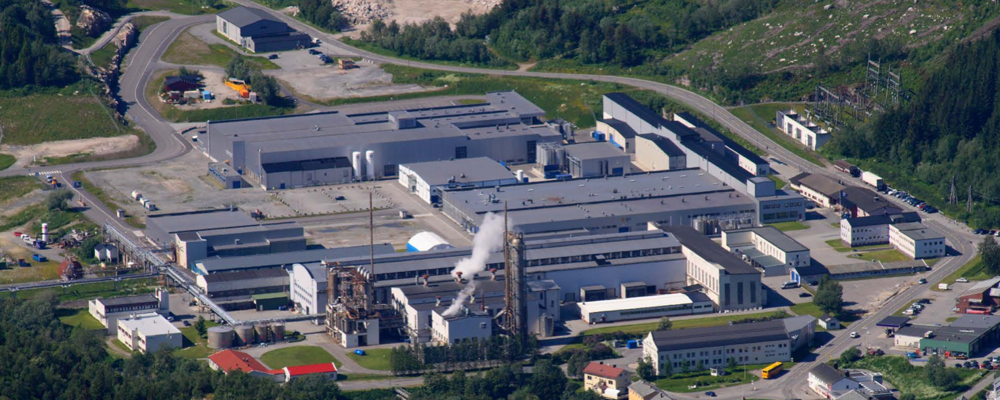
The Bermad Pressure Reducing System Solution
The Bermad team worked with Yara engineers to create two separate, redundant pressure reducing stations for the DN400 branch and the DN700 branches.
At the DN400 branch pressure reducing station, the solution included, standard 16-inch pressure releasing valve, a backup 16-inch pressure releasing valve and a two-inch air valve. There is an additional four-inch air valve and a 16-inch safety relief valve to meet Yara’s redundancy requirements in a high-flow environment.
To account for the high pressure and increased flow of the DN700 branch, there is a larger six-inch air valve and 28-inch models of the standard pressure-releasing valve, safety relief valve and the backup pressure-releasing valve.
The method of operation for the two is similar. The standard pressure reducing valve reduces downstream pressure from 15 bar to around 7 bar of pressure. The backup PRV is ready in case of a potential failure in the primary valve, unlikely as it may be. Finally, the safety relief valve starts in a fully closed position. It can open momentarily in the case of excessive pressure within the system.
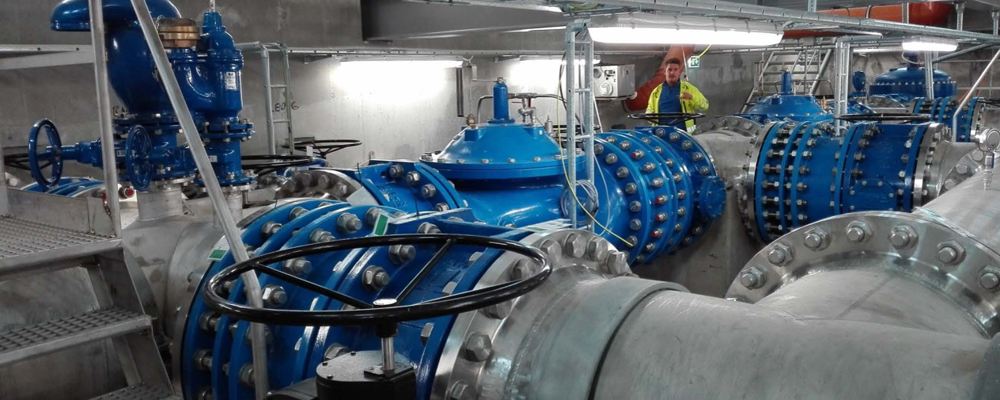
Results
The two pressure reducing stations were commissioned in just three days. The system has already proven itself. When fractured cartridge filters broke apart and were lodged in the pressure valves, the system functioned as planned. The system has effectively managed over-pressure situations at the Yara Norge AS facility since 2017.

